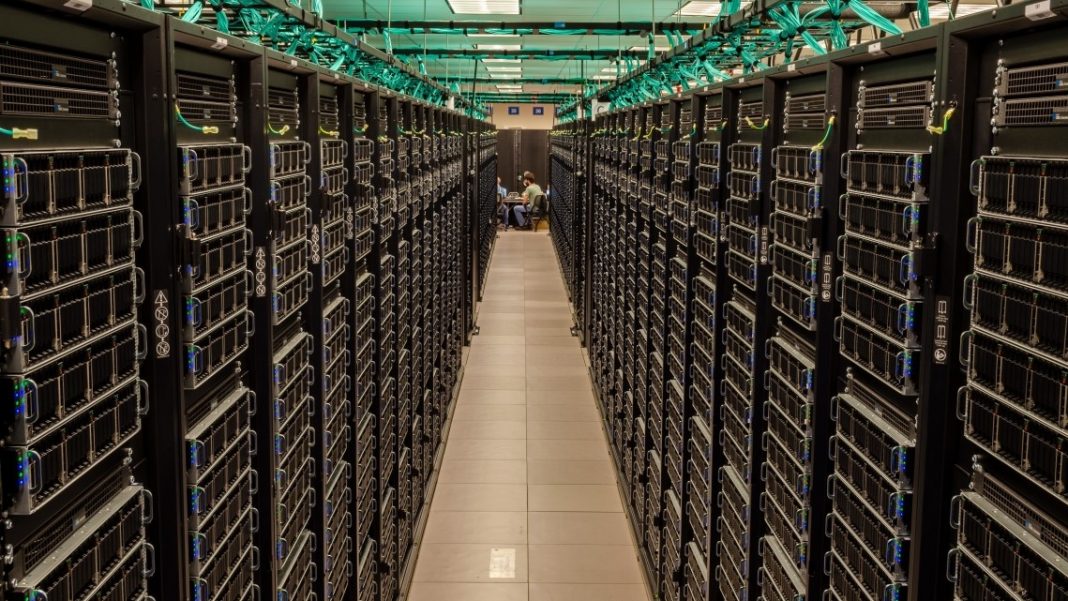Astronomers used a perhaps unlikely tool to understand what they saw in their historic first image of the Milky Way’s supermassive black hole: a library of computer simulations that mimic the black hole with millions of variations. Taking an image of a black hole , such as Sagittarius A* in the center of our galaxy, with the Event Horizon Telescope (EHT) is one of the most complicated feats that any astronomer will ever undertake. The new image combines petabytes of data from eight radio telescopes distributed all over the world; advanced computer algorithms then go to work to turn all this disparate data into a false-color image. But, “Snapping an image is just the beginning,” Chi-Kwan Chan said in a University of Arizona statement . Chan is an astronomer at Arizona’s Steward Observatory and leads the EHT collaboration’s project to build a library of millions of simulations of black holes, which can then be compared to a picture of the real thing. Related : Sagittarius A* in pictures: The 1st photo of the Milky Way’s monster black hole explained in images These artificial images are vital. Astronomers have only ever been able to image two black holes, and there are so many things about those black holes that are uncertain or unknown, and some features in the images are open to interpretation or are completely puzzling. In lieu of a catalog of real black-hole images with which to compare, astronomers use a library of simulated images instead. Creating these simulations was almost as complex as taking the real images themselves. To assemble the library, astronomers enlisted the Frontera supercomputer at the Texas Advanced Computing Center and other similar instruments. All told, the project relied on 80 million CPU hours’ worth of processing time — equivalent to 2,000 laptops running at full speed non-stop for a whole year — to produce 5 million simulated images. Each of these simulations is unique, changing the values of various different properties: the spin ate of the black hole, the strength of its magnetic field, the amount of gas falling onto it, how much space-time is warped by gravity, the level of turbulence in the disk, and many more. The scientists then conducted 11 tests on each simulation to see which ones most closely match the real image. “It is remarkable that we understand Sagittarius A* so well that we have some models pass 10 out of the 11 tests,” Chan said. However, none pass all 11 — there was always something the researchers could not explain. In particular, most of the models seemed to stumble over the amount of turbulence-induced variability seen in the disk of hot plasma encircling Sagittarius A*. The real black hole appeared to be much quieter than the simulations predicted. This is a feature of Sagittarius A* that scientists are still trying to understand, although Chan does not think that a little mystery is a bad thing. “I think this is more exciting than if everything simply worked out,” he said. “Now, we can learn some new physics and understand our own black hole better.” It would perhaps be hubristic to expect to be able to understand everything about our local supermassive black hole after imaging it just once. Yet, astronomers were able to learn so much about it in part because of those valuable simulations. We now know that the black hole’s magnetic field has the strength of fridge magnet, but that’s still enough to push some in-falling gas away from its maw. We know that the amount of matter passing beyond Sagittarius A*’s event horizon and feeding the black hole is relatively minuscule — during a news conference revealing the image of Sagittarius A* held in Washington, D.C., on Thursday (May 12), EHT scientists drew an analogy with a human eating only one grain of rice every million years. And we also know that Sagittarius A* is probably spinning — although there is no direct measurement of this, all the simulations where it did not spin were ruled out. — How the Event Horizon Telescope hunts for black hole silhouettes — With the Milky Way’s black hole revealed, one big mystery still remains, Nobel Prize winner says — Milky Way vs M87: Event Horizon Telescope photos show 2 very different monster black holes Now, scientists must go back to the drawing board to figure out why the disk around Sagittarius A* seems less active than expected. It’s a complex problem, involving the constant feedback between the black hole’s magnetic field and the infall of plasma, and how the powerful gravitational field affects that relationship. Once scientists solve that mystery, the results will in turn feed their library of possible black holes, and perhaps one day better help us understand other black holes when they, too, are imaged. Follow Keith Cooper on Twitter @21stCenturySETI. Follow us on Twitter @Spacedotcom and on Facebook .
Top Trending
Saturday, July 27, 2024



